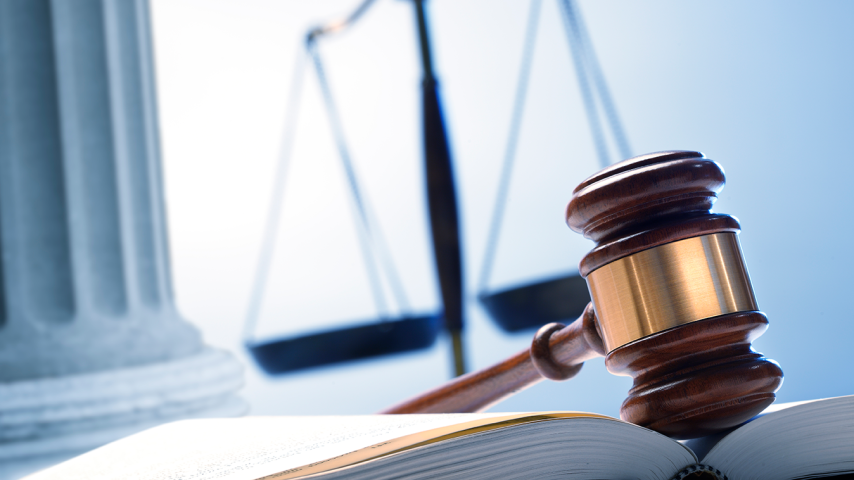
The National Institute of Building Sciences recently brought together leaders from across the architecture, engineering, construction, and operations (AECO) industries for the Women Executives in Building Symposium.
One presentation, “Resiliency: A Business Imperative with Profitable Benefits,” addressed climate change litigation. It was presented by Jessica Mederson, partner at Stafford Rosenbaum LLP.
Mederson discussed federal, state, and constitutional climate change claims, noting that security claims are increasing; security claims include ESG-related investigations and greenwashing – when a company oversells its “green” or organic ingredients credentials.
Bearing the Risk in the Civil Legal System
According to Mederson, there are four factors to consider when determining who should bear risk in the civil legal system:
- Evaluation of which party is in the better position
- Regulations that can assign the risk to a specific party
- Parties can make an agreement regarding who bears the risk
- A judge and jury can decide which party should bear the risk after the fact
Examples of implementing these points to mitigate risk include:
- ESG disclosures: where companies disclose information to investors.
- Compensation claims: employers ensure that workers have safe working conditions.
- Construction: climate change resilience planning is especially important prior to construction projects, as there are multiple parties involved – the owner/developer, architect/engineer, general contractor, subcontractors, and material suppliers.
Creating a resiliency plan can be advantageous to avoid litigation as it can be expensive. Mederson said that in 2021, the average cost was greater than $30 million in North America alone. Litigation can also be time consuming, requiring lengthy development of factual records and obtaining expert witness opinions.
How the Legal System Can Help
Litigation ensues when there is a problem and confusion over who is responsible, however, the legal system can help prevent litigation.
One method is to create contracts – communications, construction, energy, and supply chain contracts that identify climate risk can all help prevent litigation. The key is to assign risk to address resiliency.
Mederson and another symposium participant, Monika Serrano, with Turner Construction Company, recently co-wrote a piece for Structure magazine entitled “Three Steps Engineers Should Follow to Reduce the Risk of Climate-Change-Related Litigation.”




